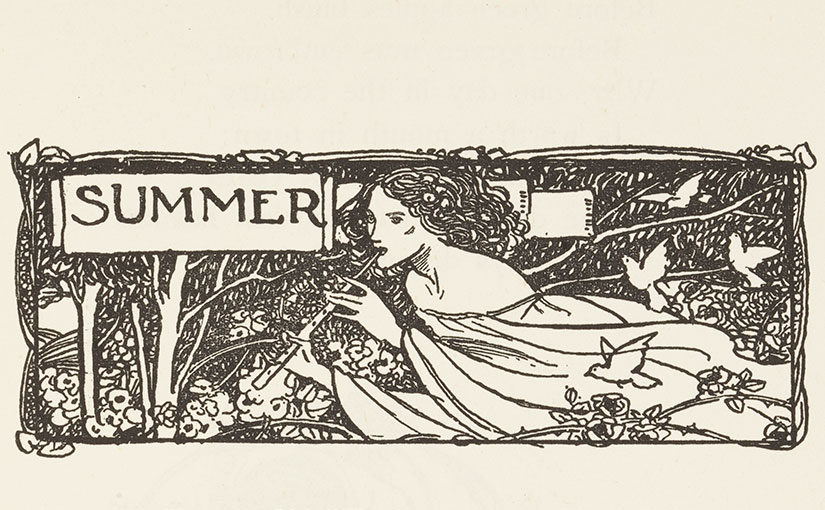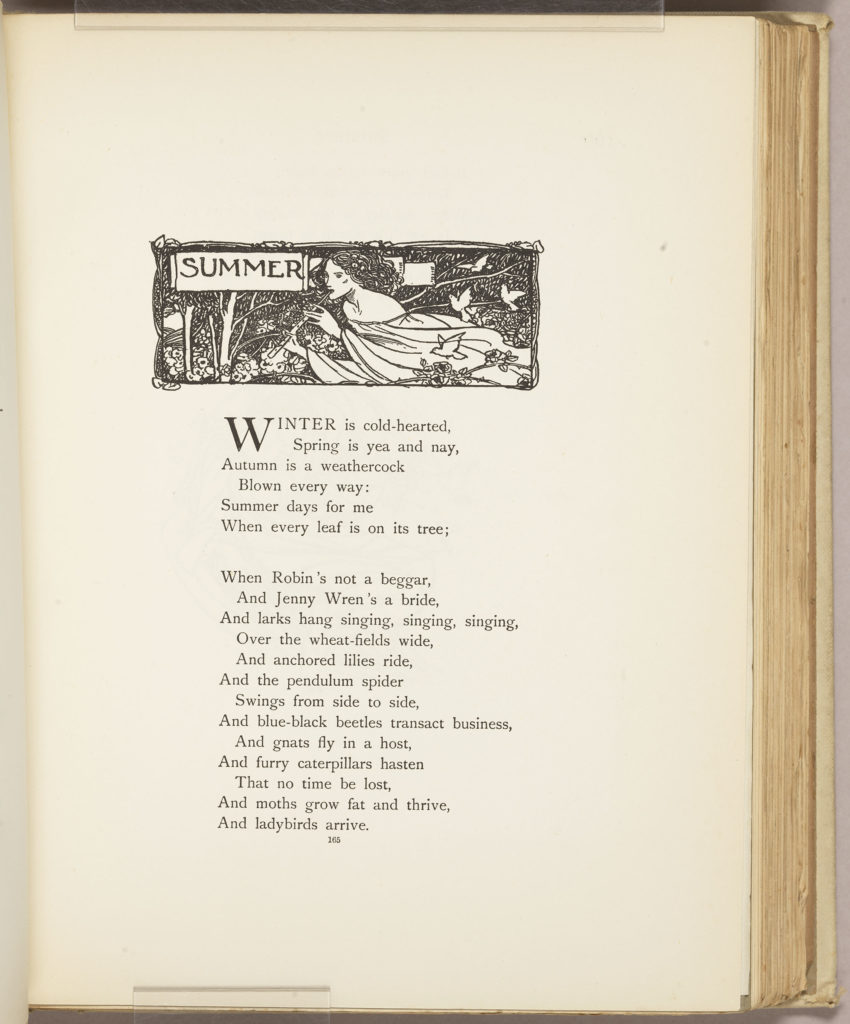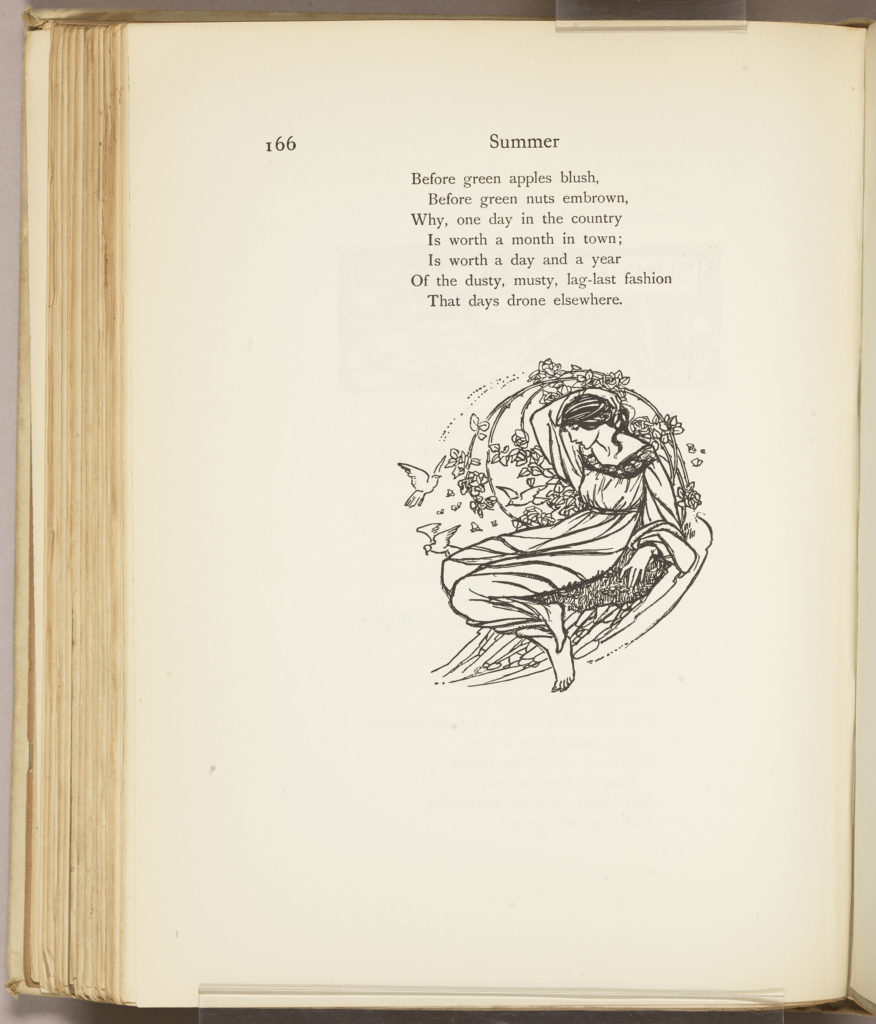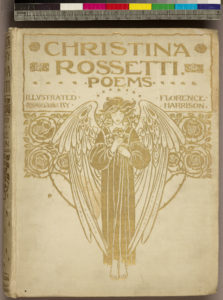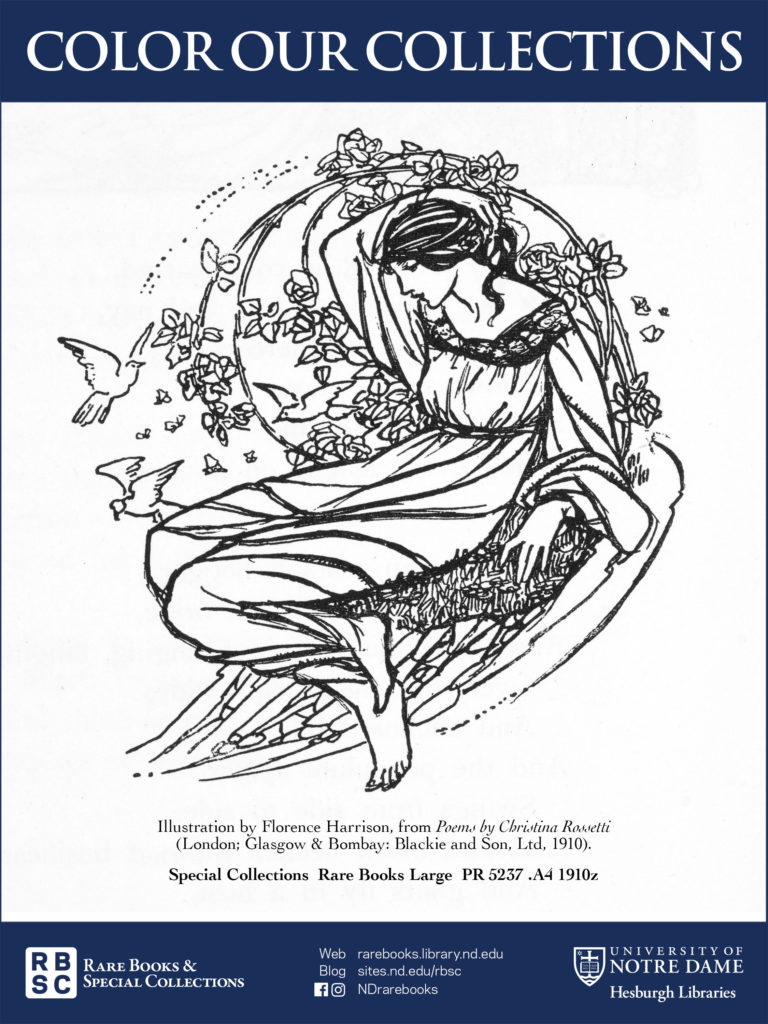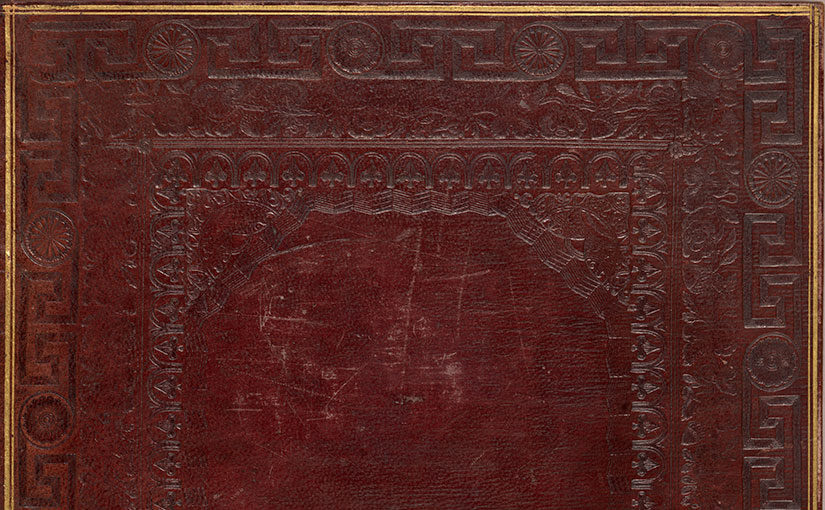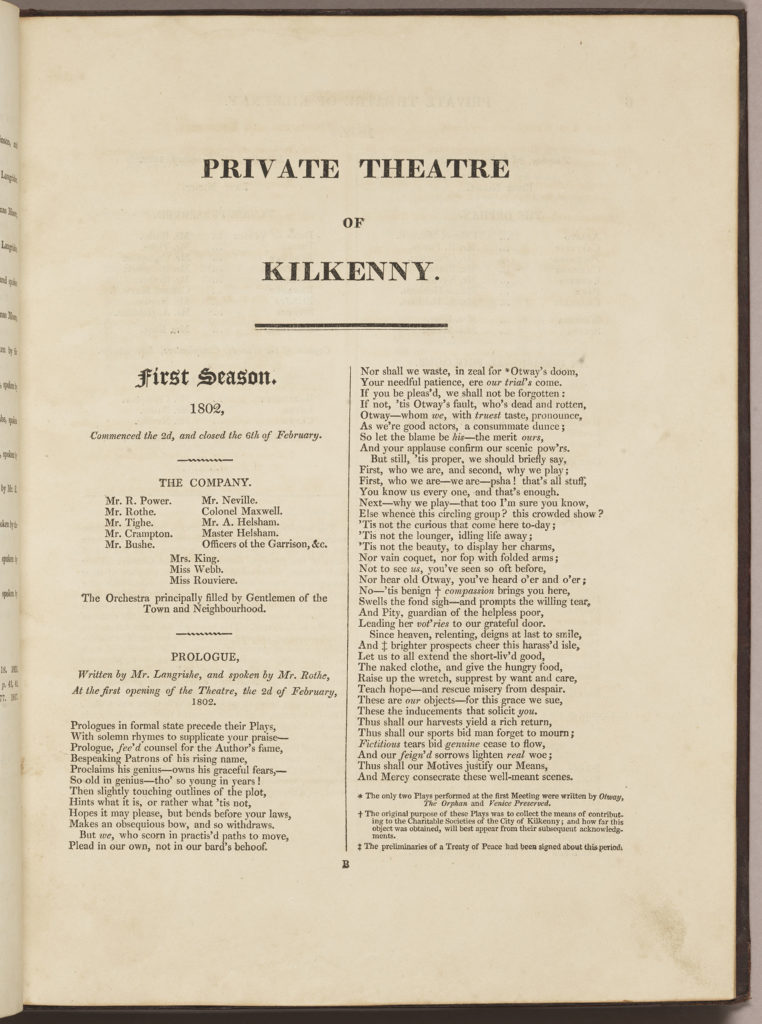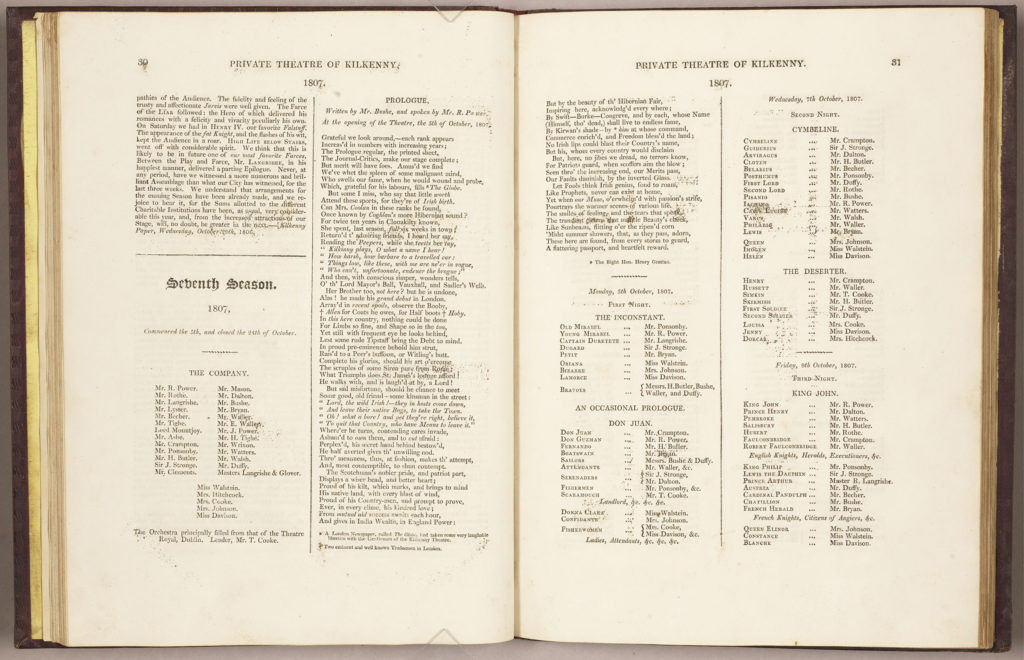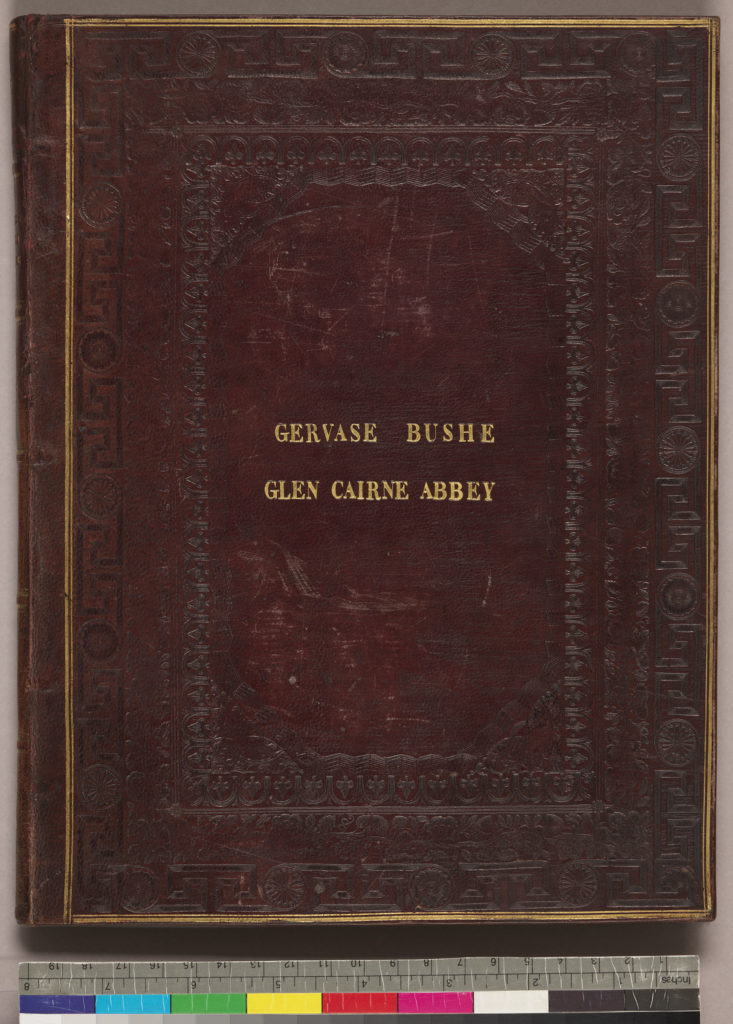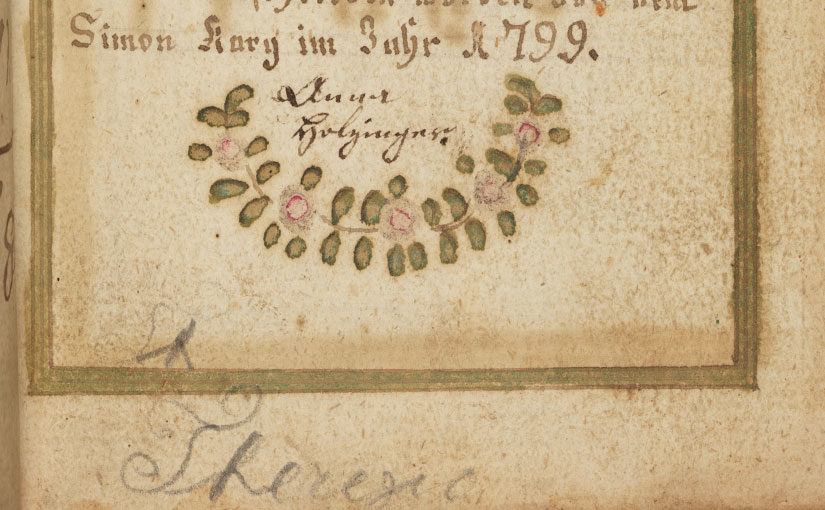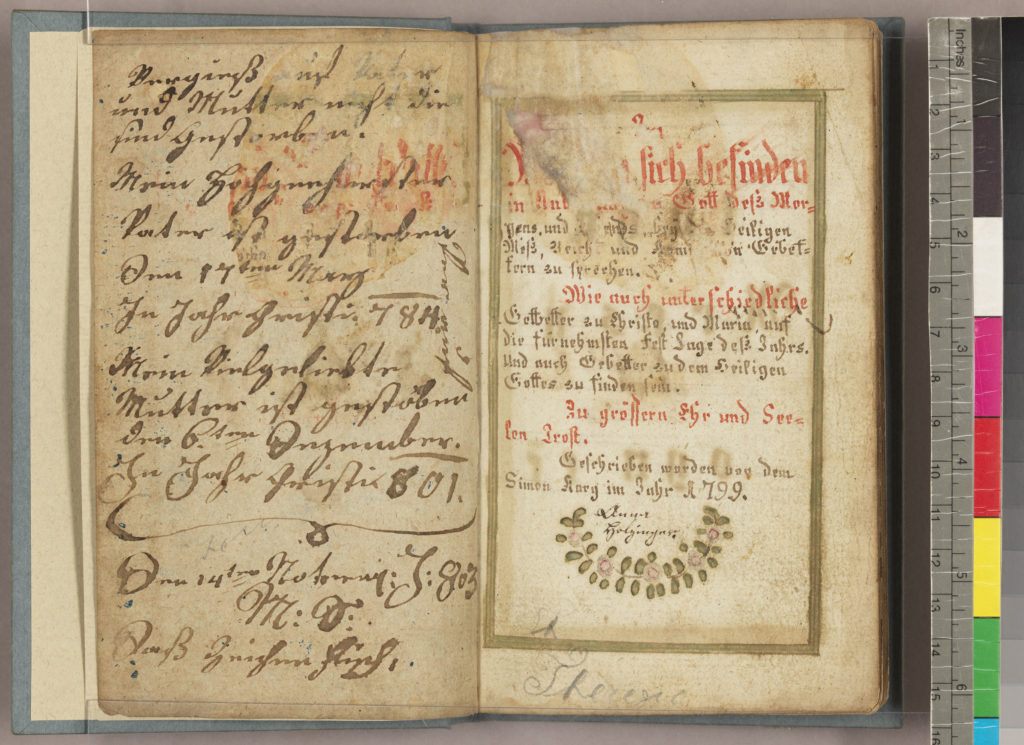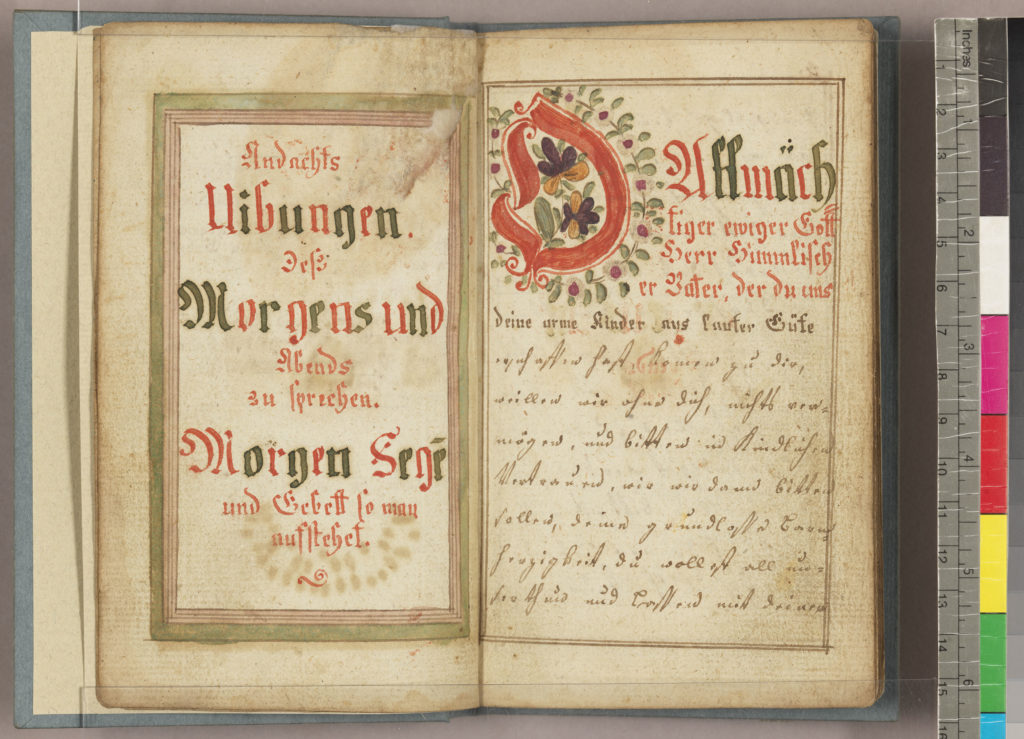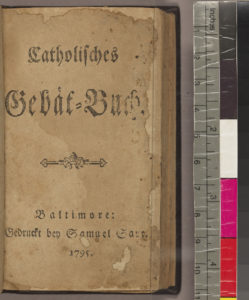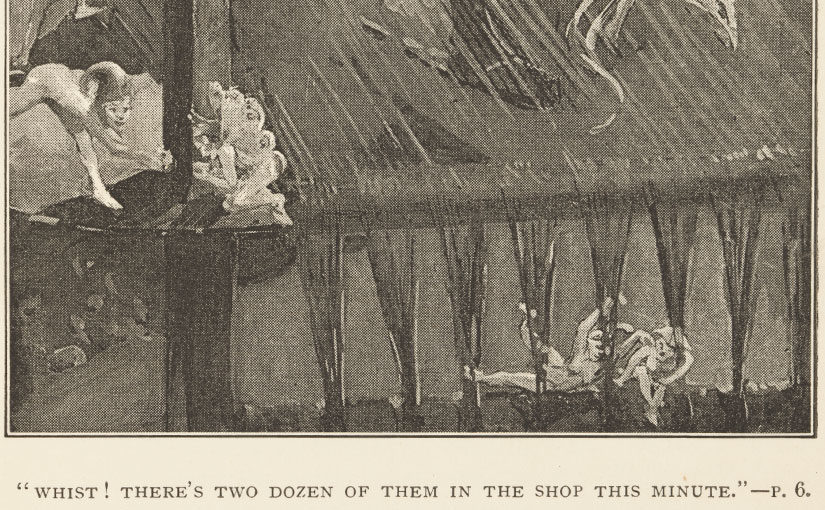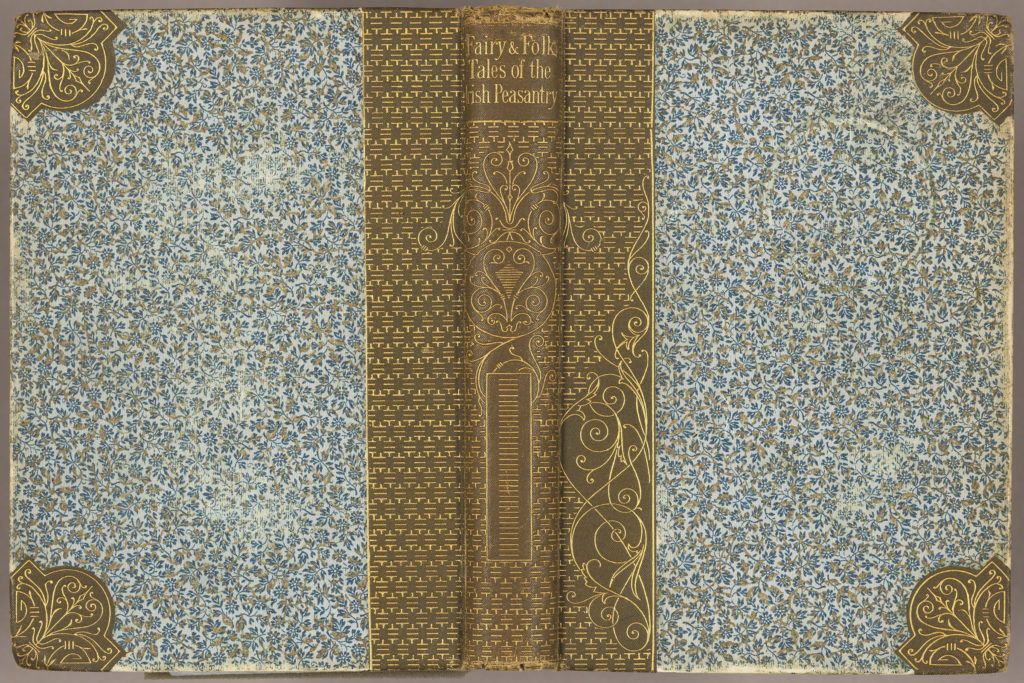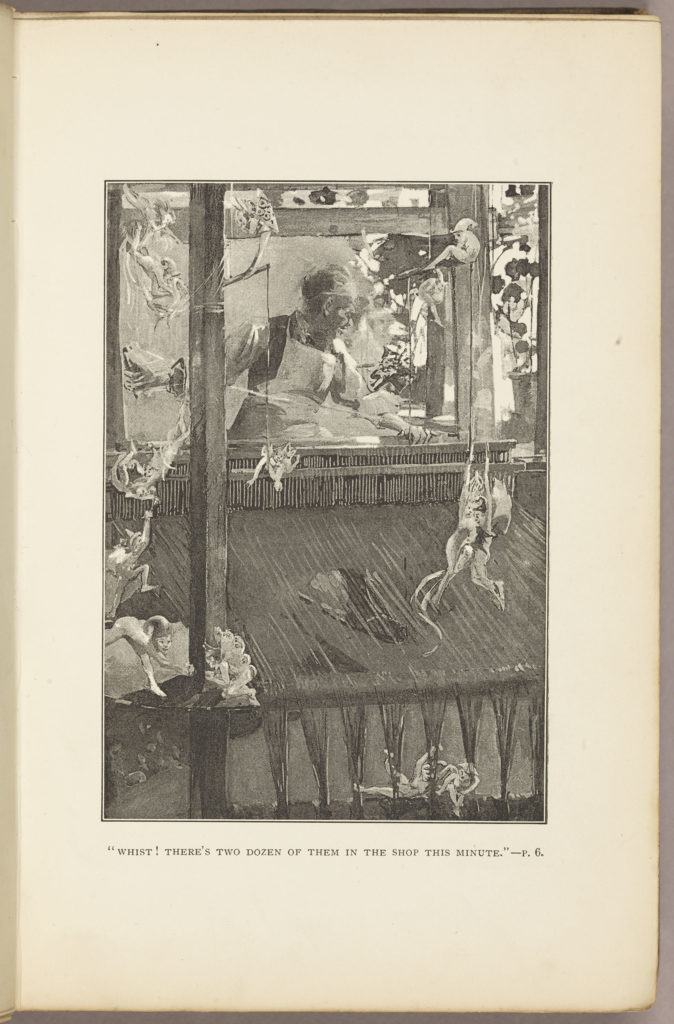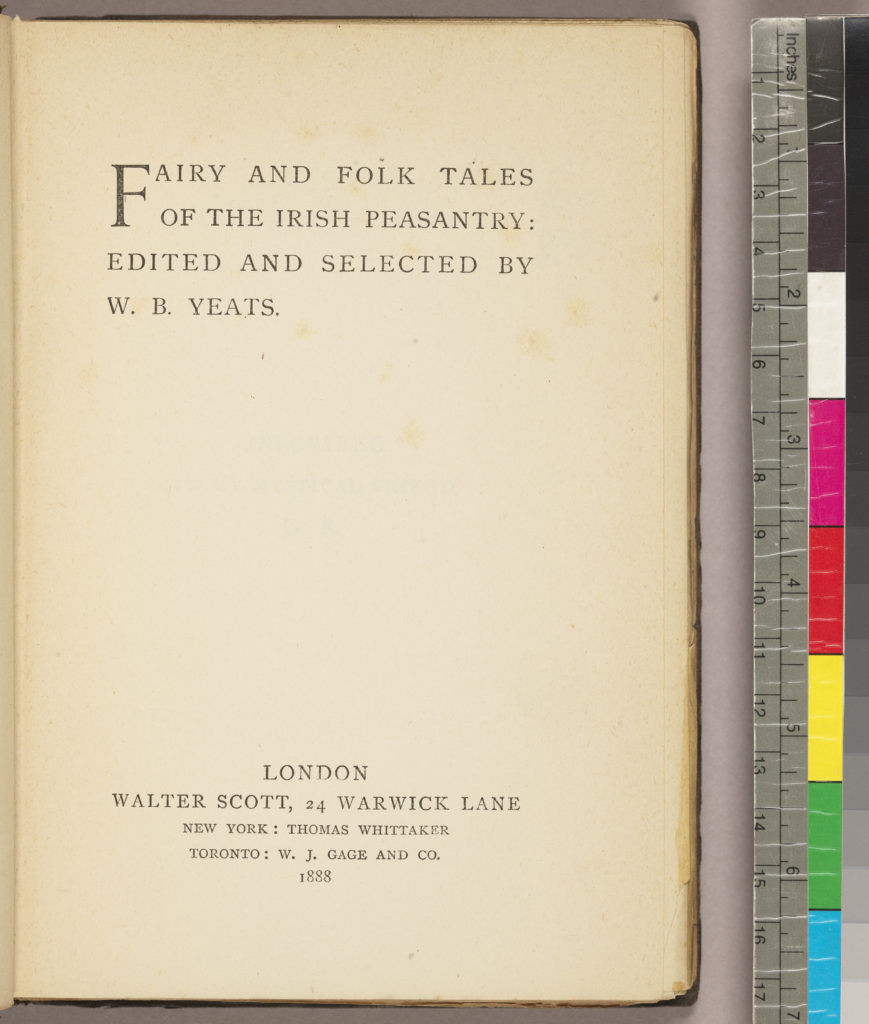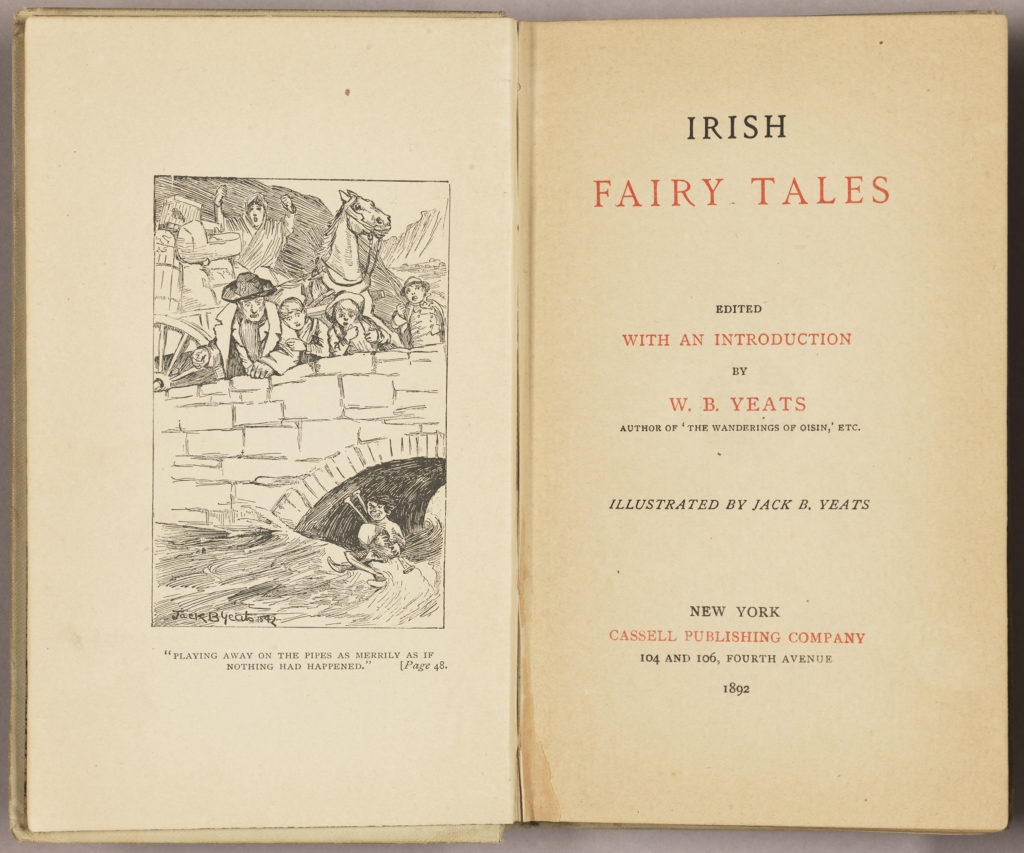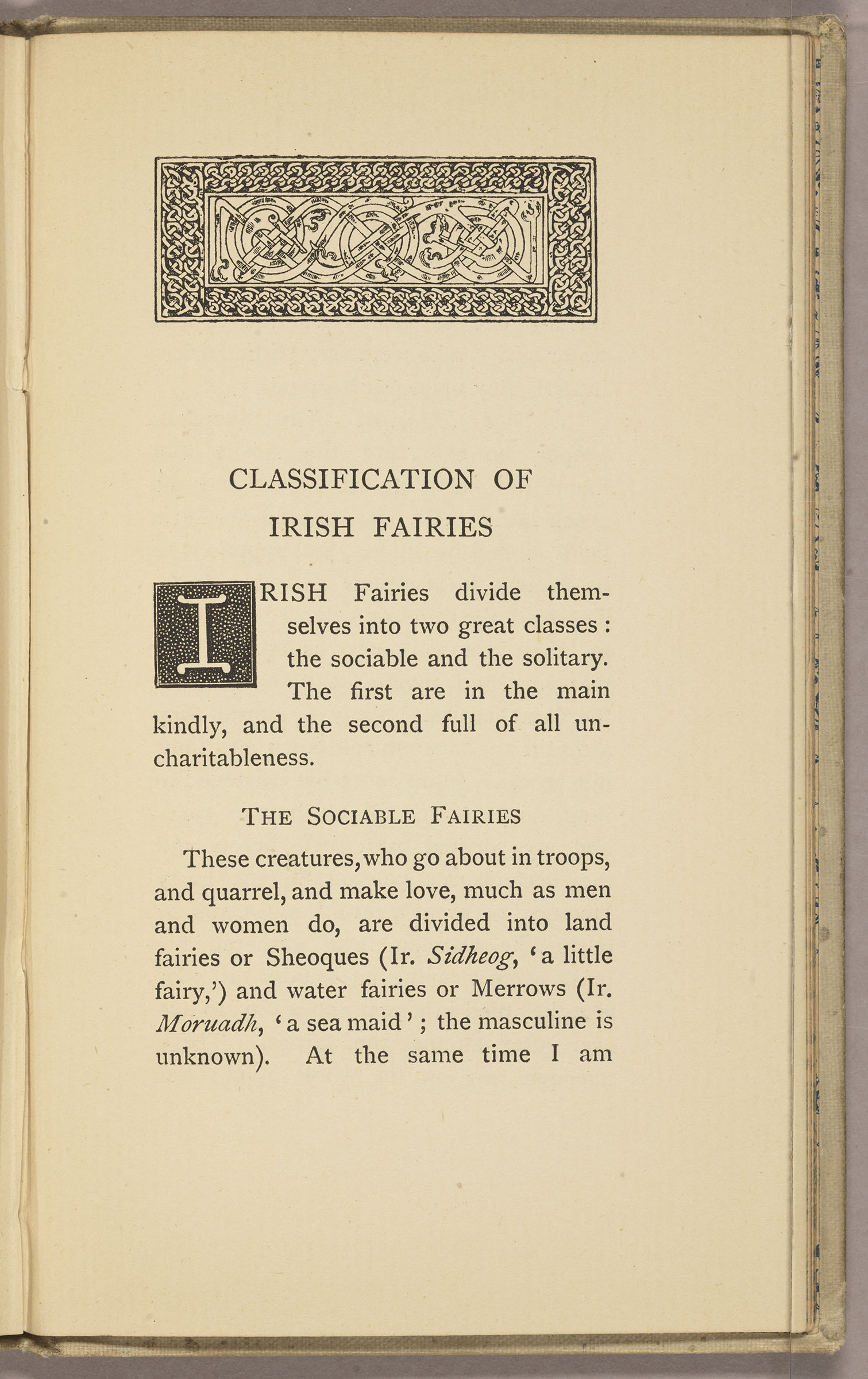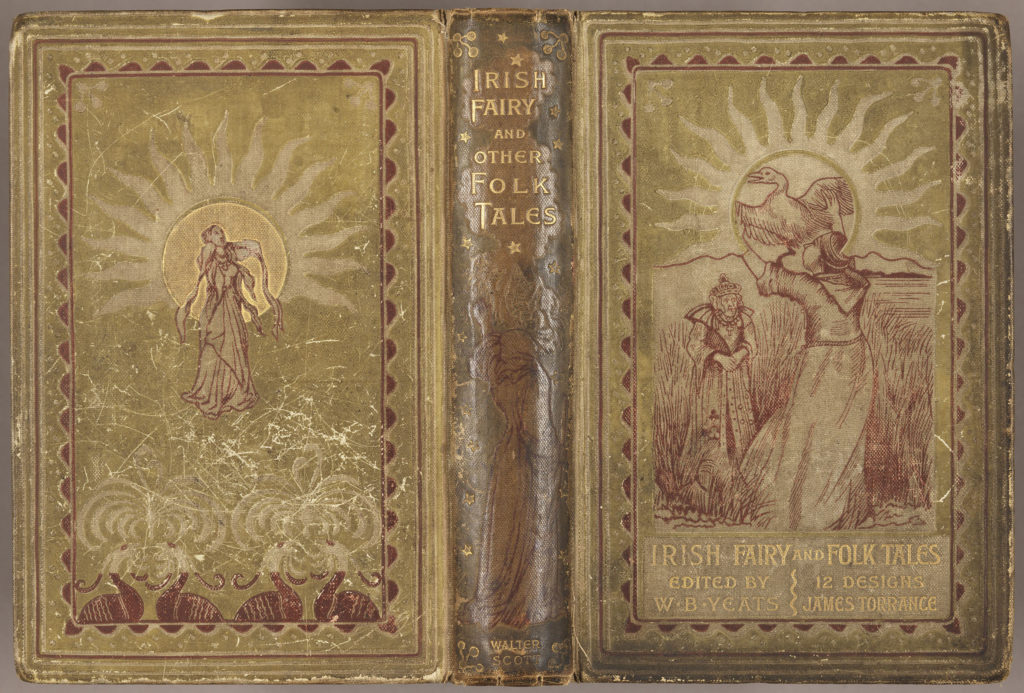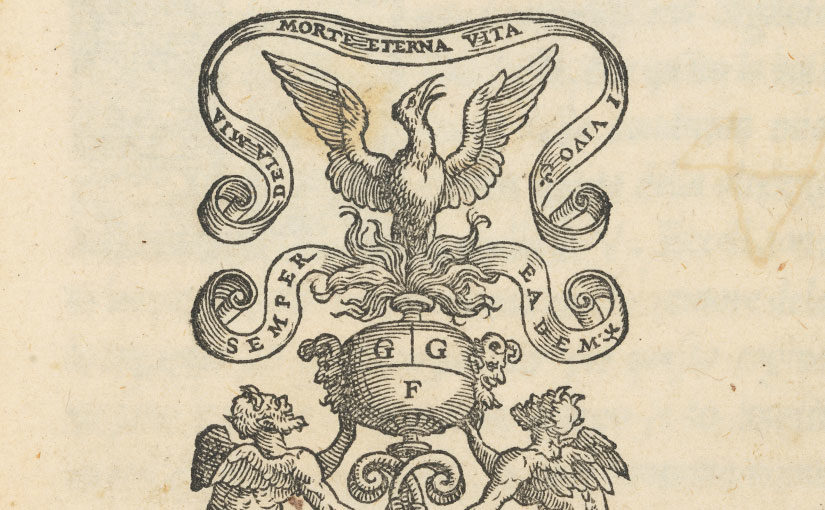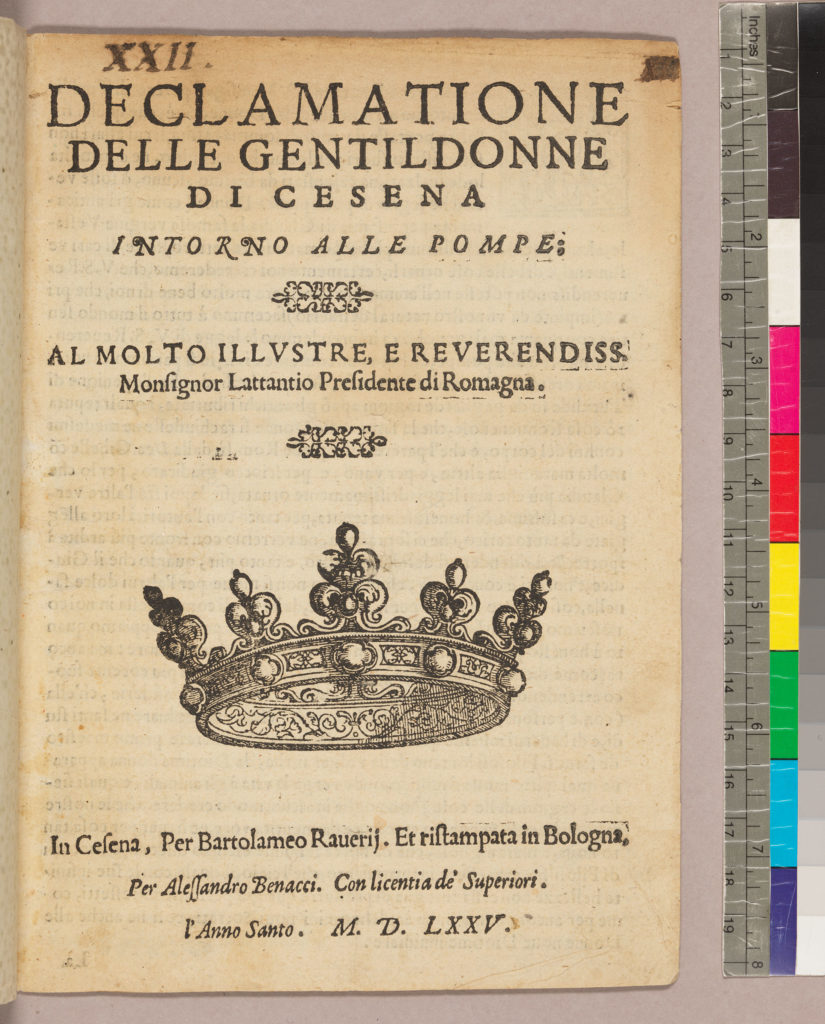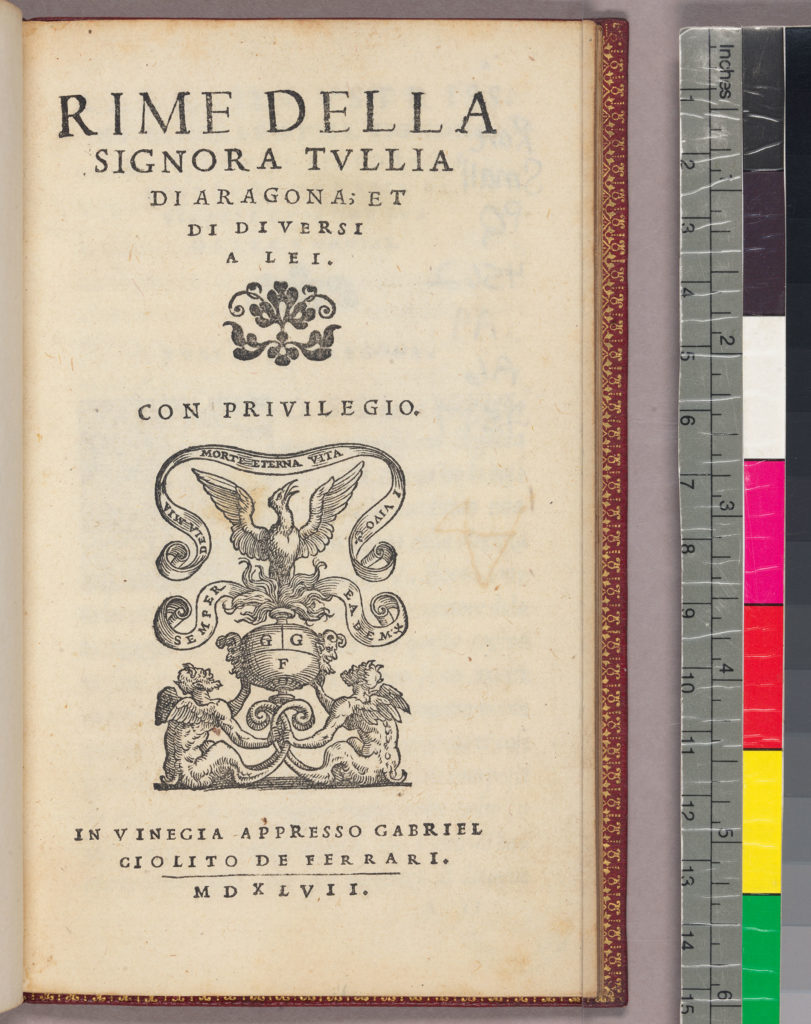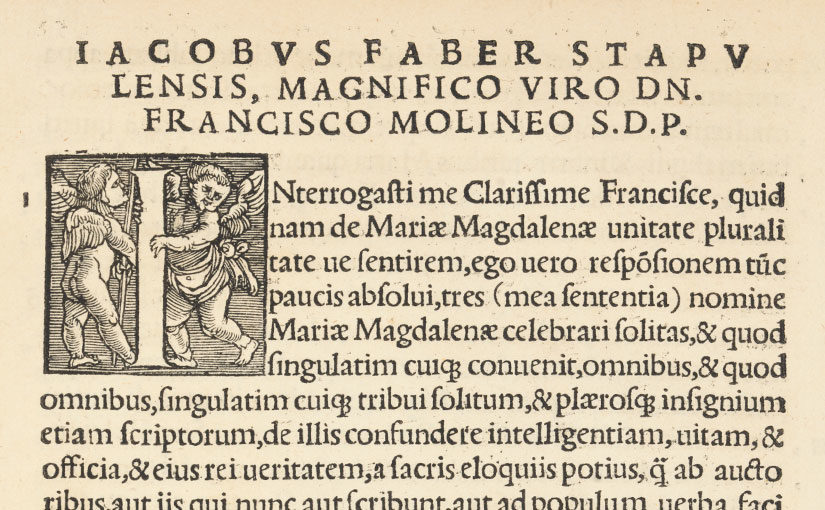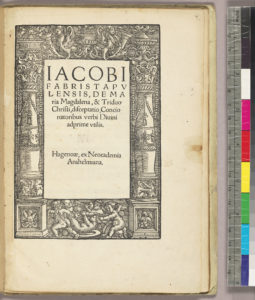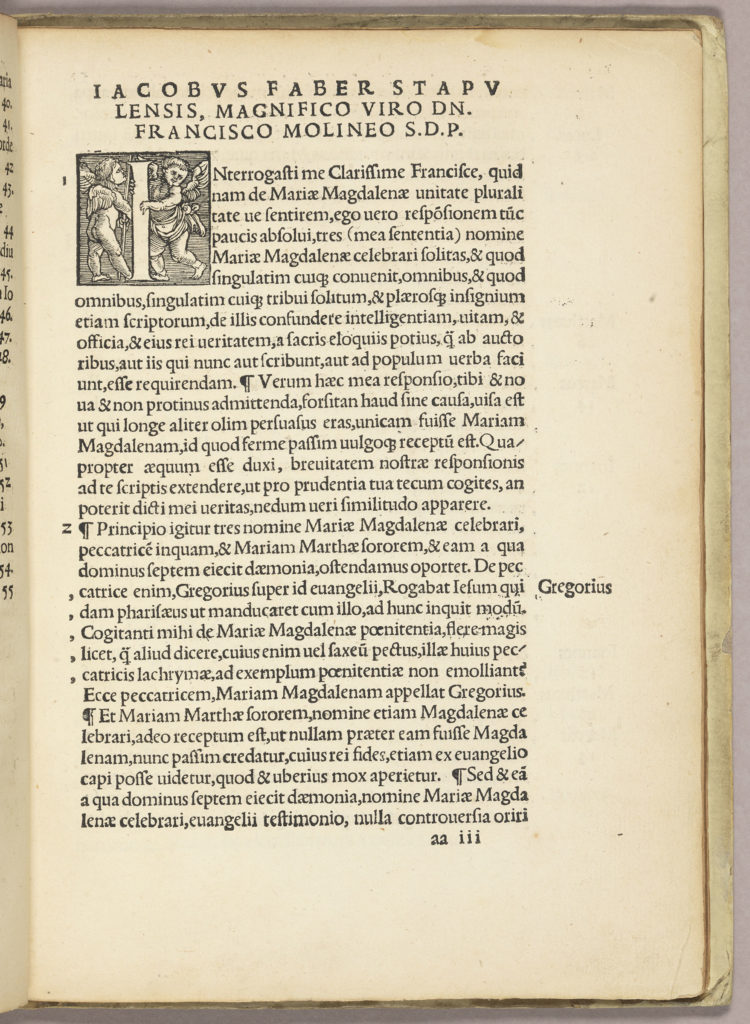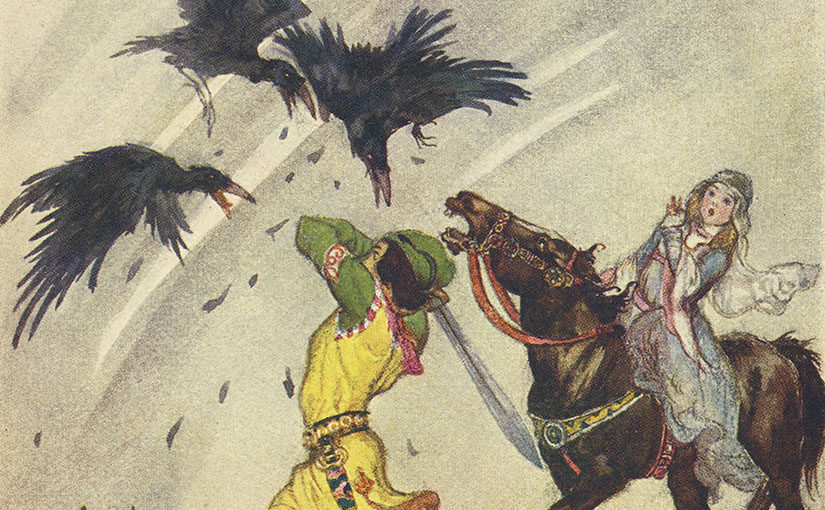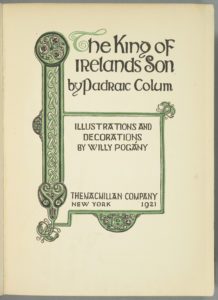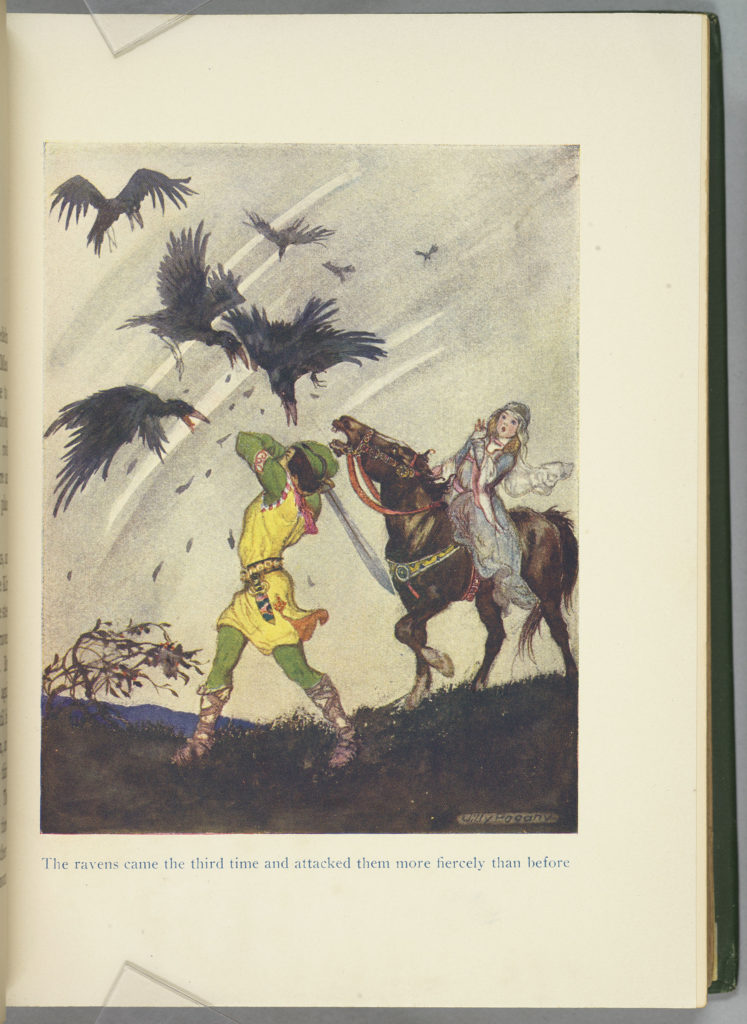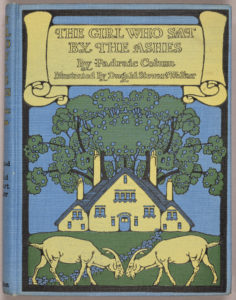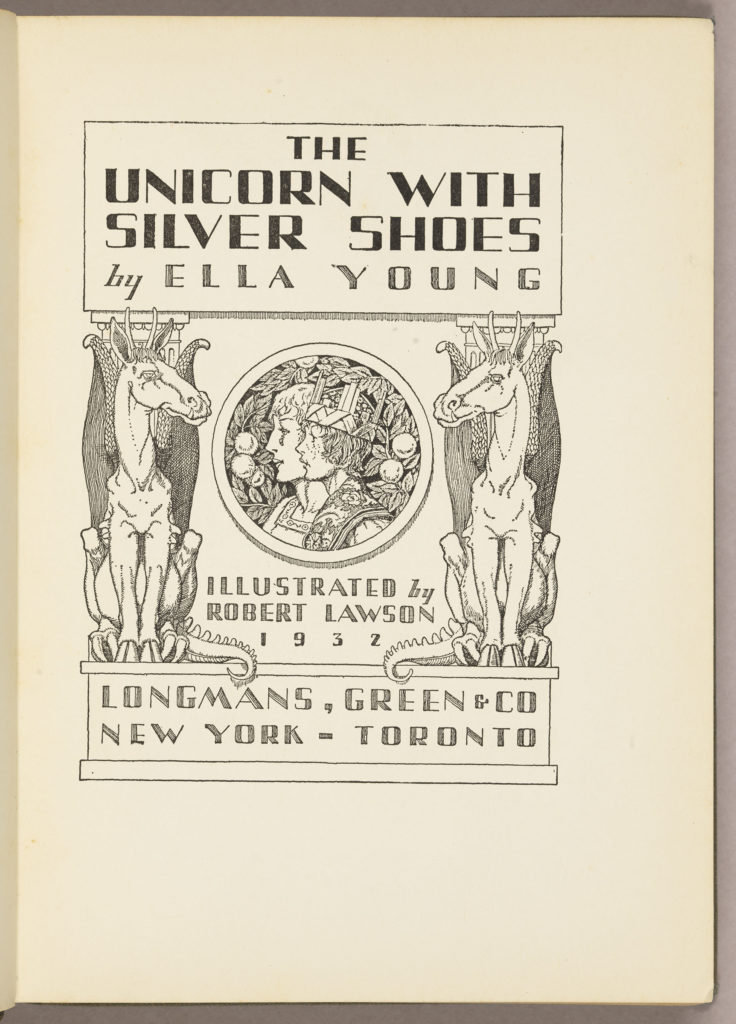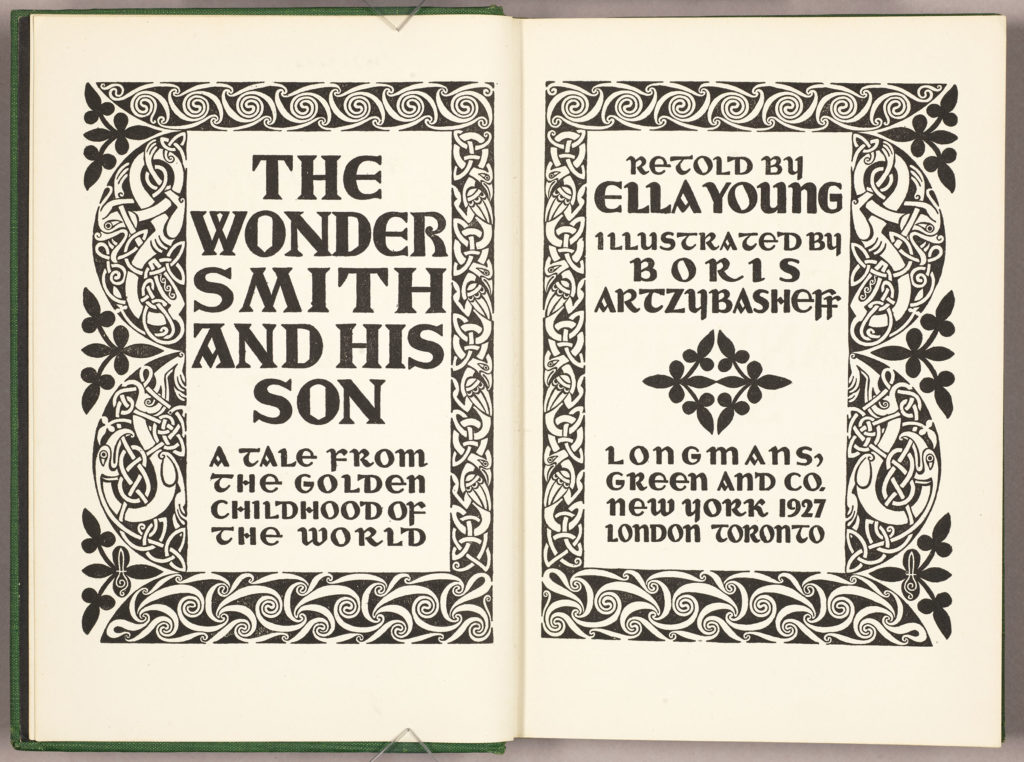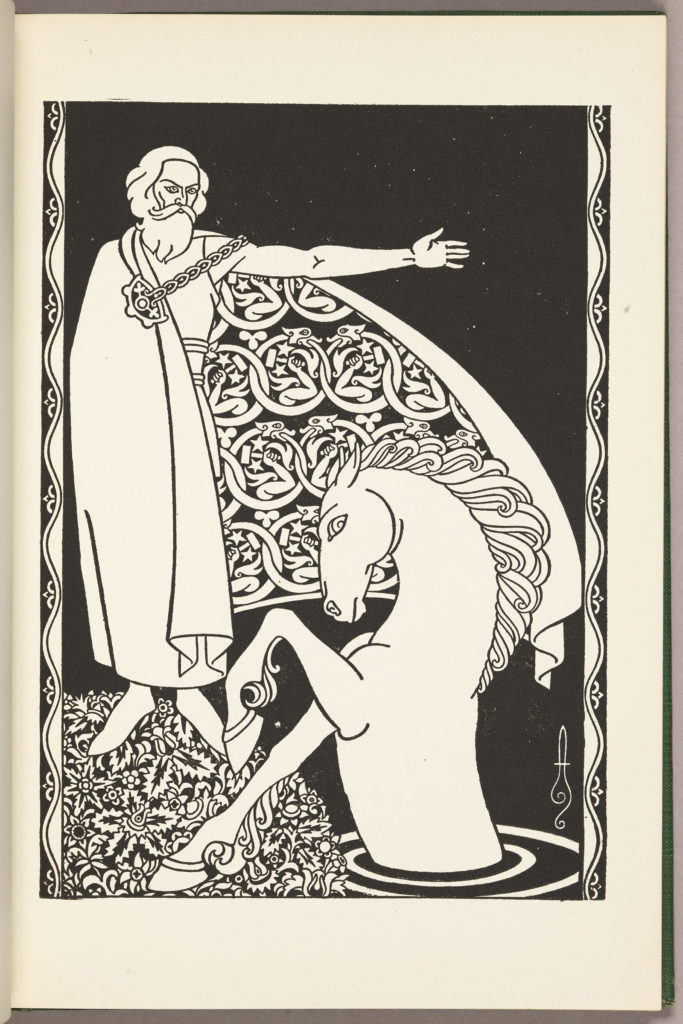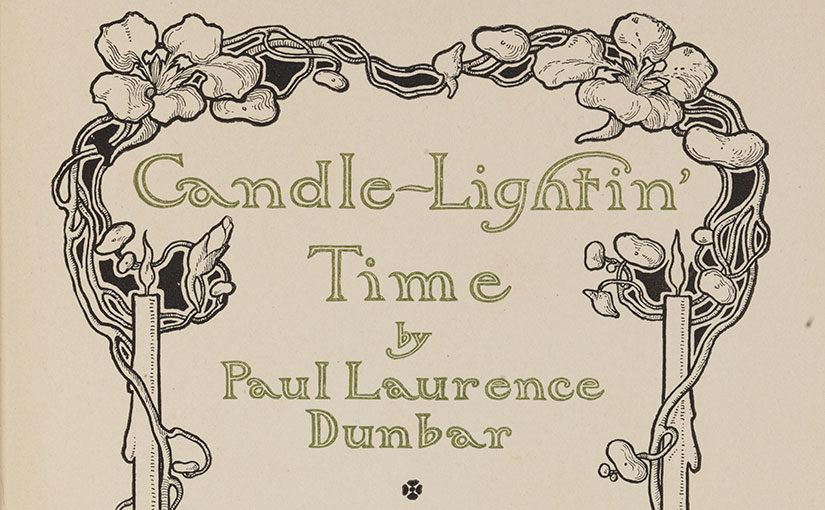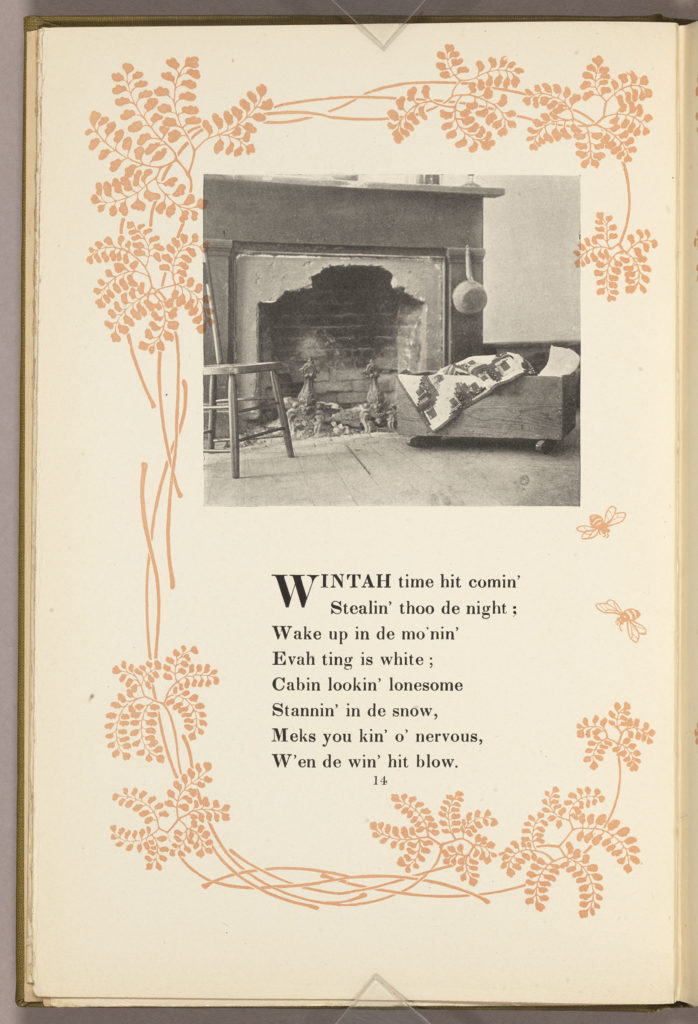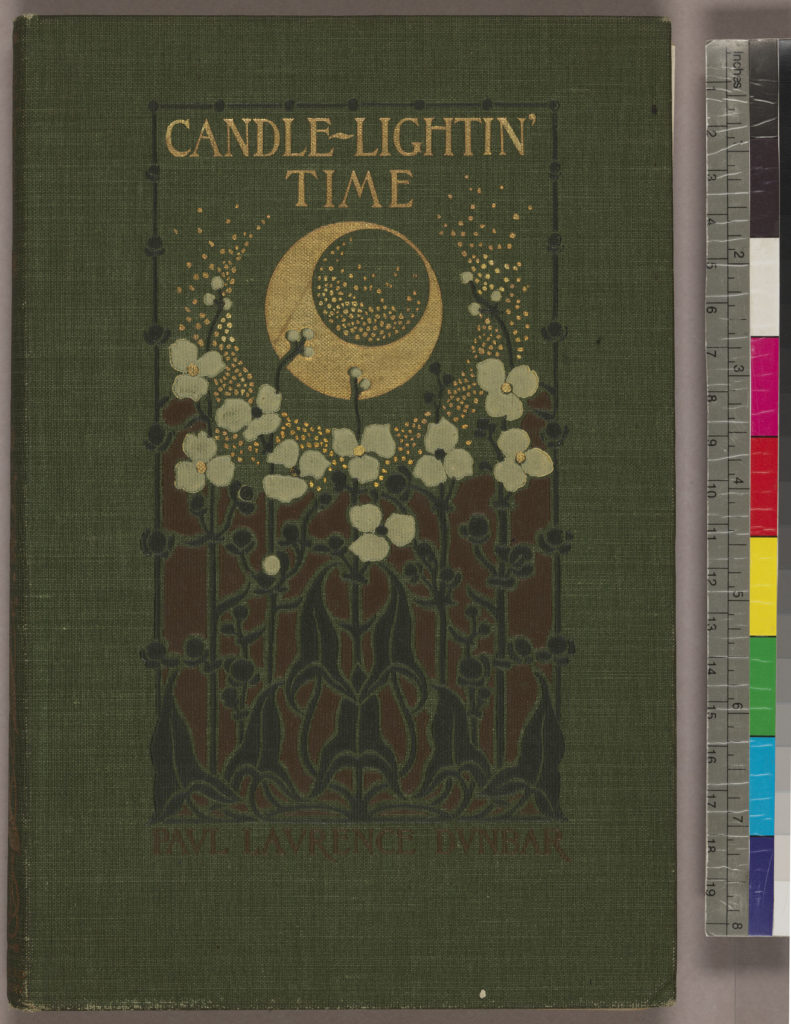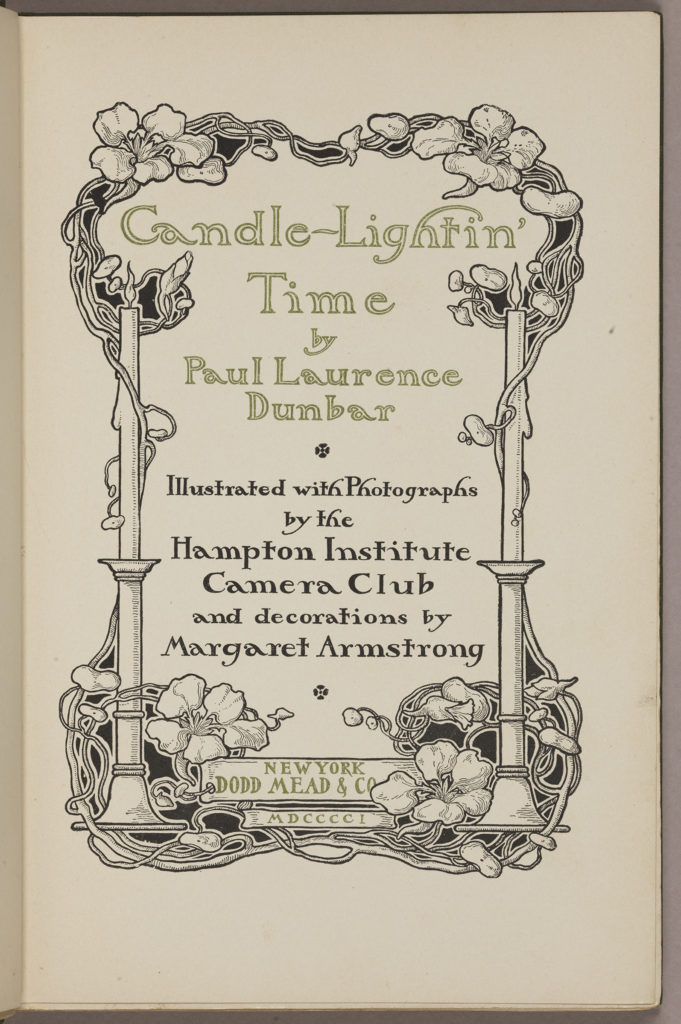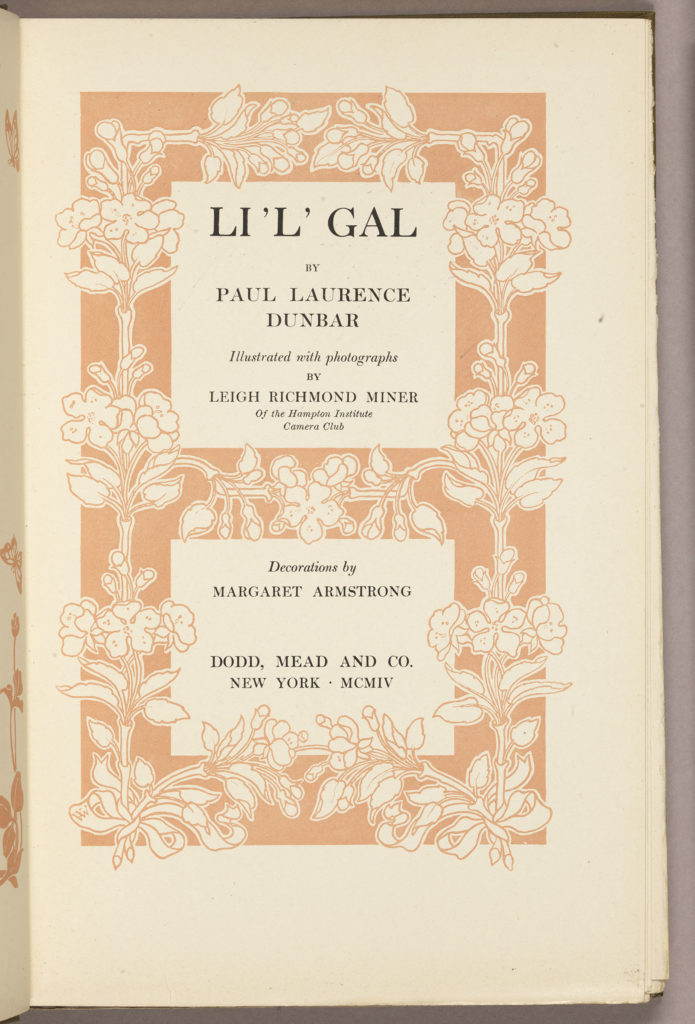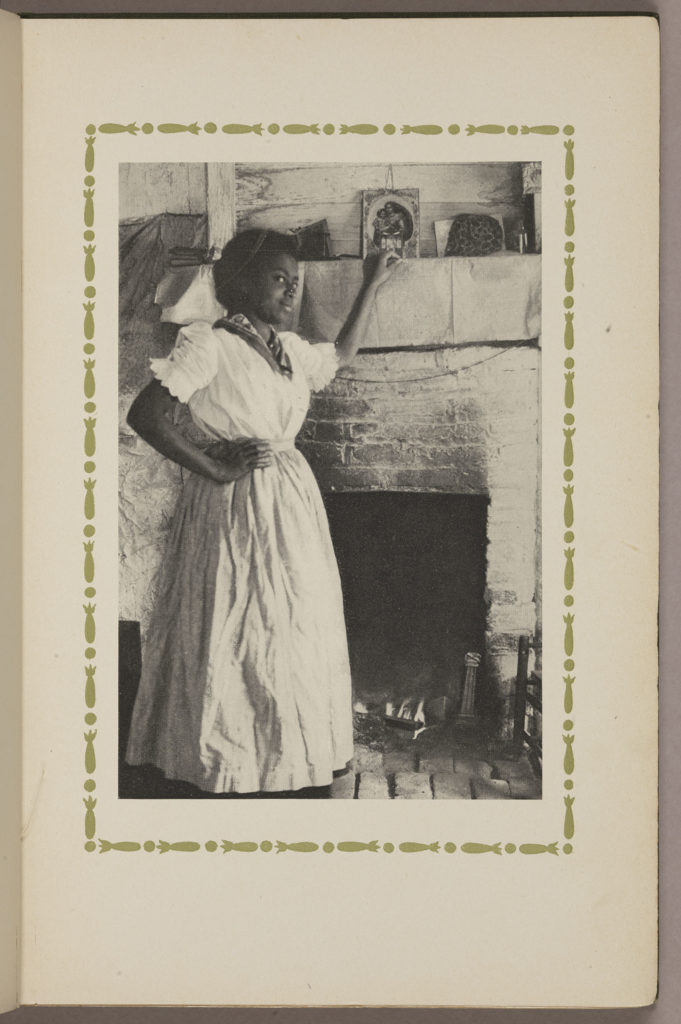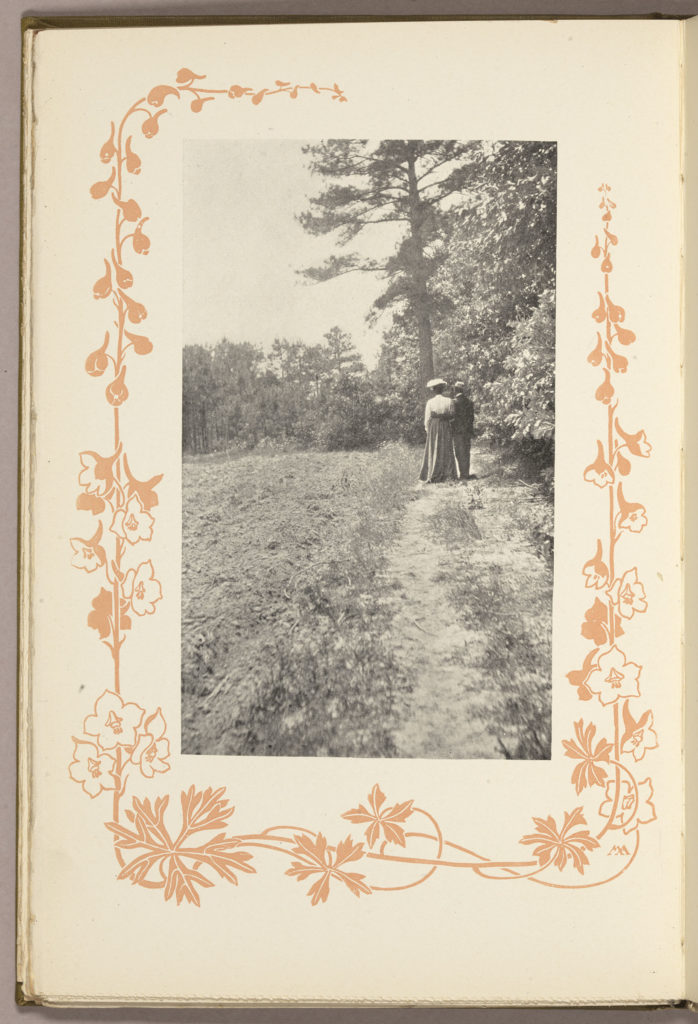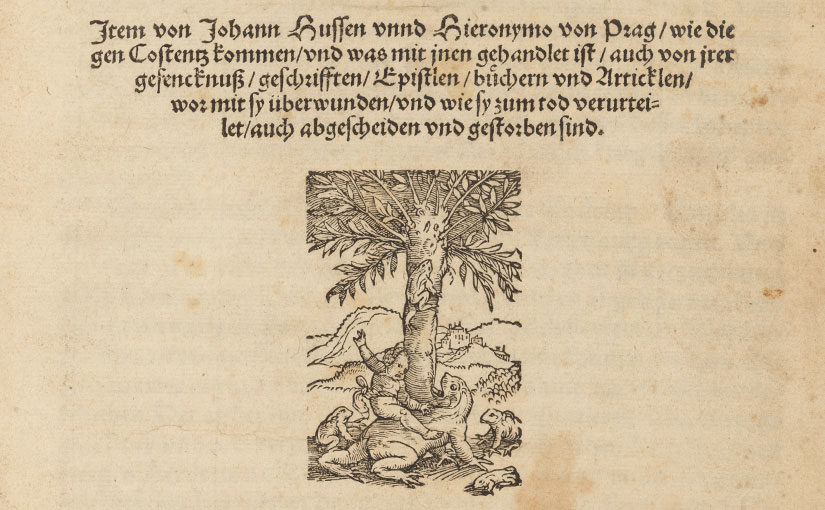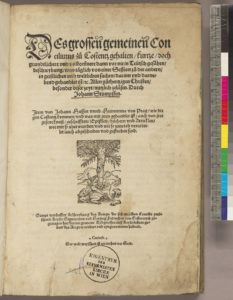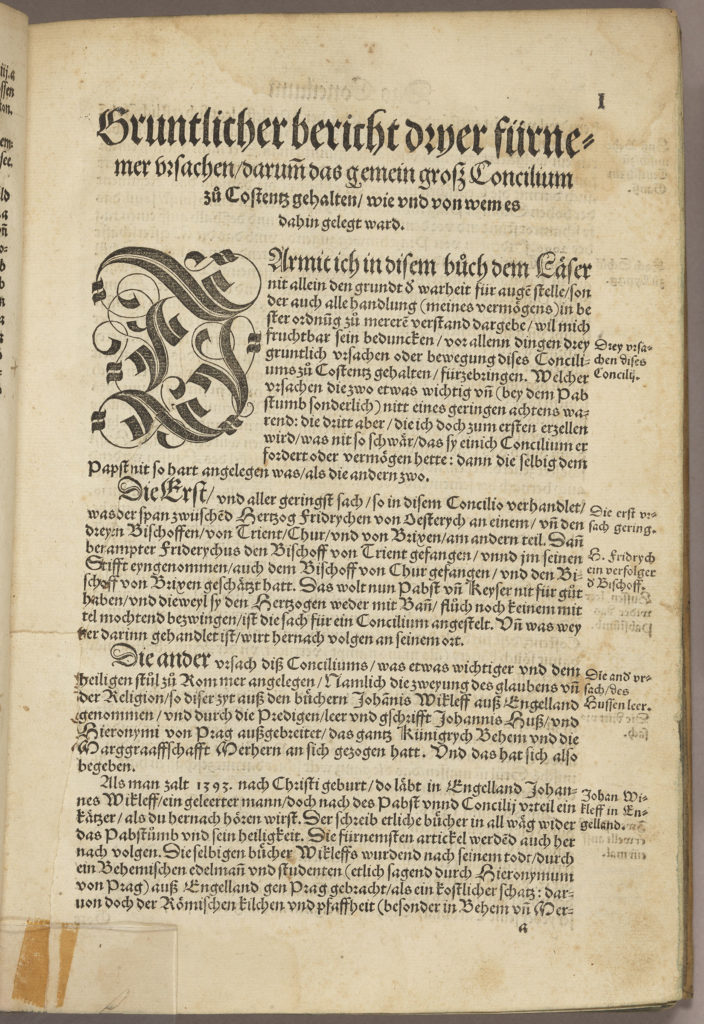A guest essay by Lou Jordan, Associate University Librarian
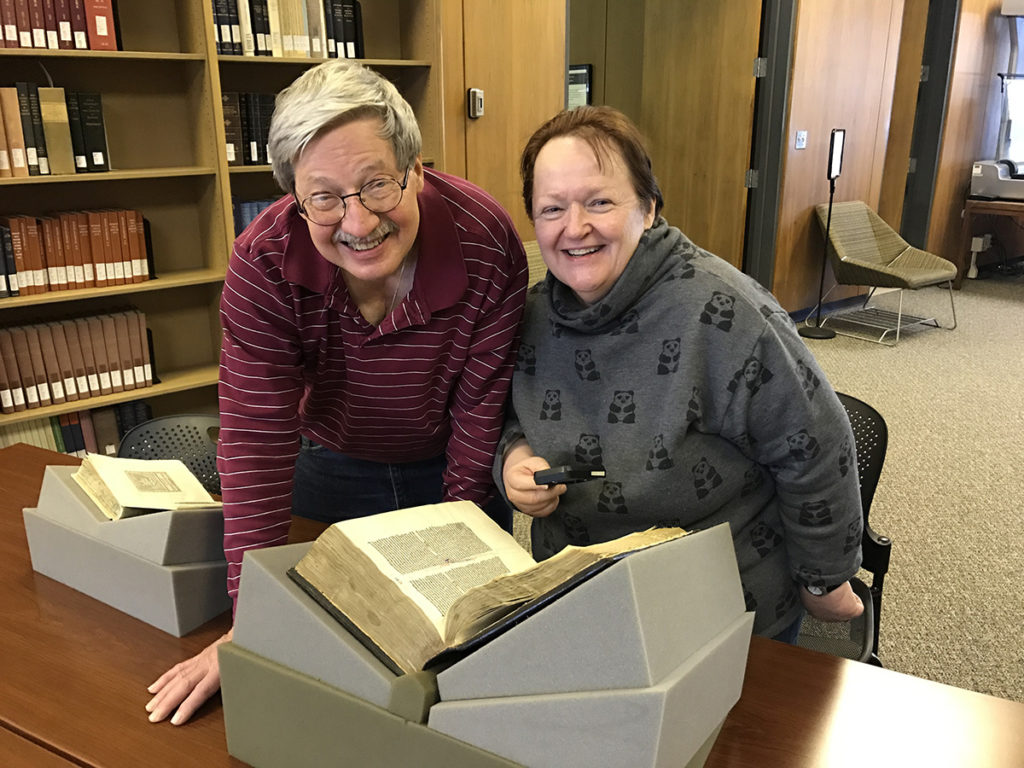
As we wish you a celebratory Independence Day, we also mark the retirement of longtime rare books cataloger, Joe Ross. We thank Lou Jordan. Associate University Librarian, who was for many years the Head of Rare Books and Special Collections, for contributing an essay on Joe’s career.
As an undergraduate Joe pursued an interest in theology. He was awarded a BA in religion in 1973 from Lycoming College in Williamsport, PA, and went on to obtain a Master of Theological Studies from Harvard Divinity School. Joe also studied the history of science, spending the 1975-76 academic year as a research assistant at the Institut für die Geschichte der Medizin, Tübingen.
Joe took his first library job in 1979 as a library assistant at Emory University. In 1981, Joe was hired at Notre Dame by Maureen Gleason as a library technical assistant to work with the collection development librarian Joe Huebner. His workspace was centrally located, close to the circulation desk in the room where the current shipment of new books from our North American approval plan were displayed for decisioning. Also located in that room were the 3×5 book slips for our approval plan from German publishers. Consequently, most subject librarians and many Arts and Letters faculty stopped by the room on a regular basis to peruse the latest publications and at the same time also got to know Joe. Joe quickly gained a reputation as a linguist and a scholar, assisting a wide array of librarians and teaching faculty procure needed titles. During this time Joe renewed his interested in the history of science, taking one course at a time and finally in 1991 completing an MA in the History of Science program at Notre Dame, focusing his study on Hegel.
In 1992, Joe resigned his staff position in order to pursue a Masters of Library Science degree full-time at Indiana University in Bloomington. Following his MLS, Joe accepted a library faculty position at the Catholic University of America in Washington D.C as the Bibliographer for Philosophy, Theology, and Humanities. In 1996 Notre Dame advertised for a rare books cataloger; Joe applied for this position and was hired at the rank of a staff librarian as the first full time Rare Books Cataloger at Hesburgh Library. In 1997 he took on the added duties as liaison to the program in the History and Philosophy of Science and in 1999 was promoted to Assistant Librarian.
Joe is a master linguist, fluent in German and with a command of Greek, Latin, most major Western European languages, as well as Arabic and even Sanskrit. His language ability and meticulous scholarship are his signature traits. Joe surrounded himself with rare books and the reference works needed to catalog these texts. There was hardly any open space in his office—even the chair he reserved for visitors was often filled with the past month’s copies of The New York Times.
Joe consistently produced high level original cataloging for rare materials no matter what language they were in. He was especially diligent with complex works that most catalogers would put aside. He accurately described each individual text in our numerous neo-scholastic theological anthologies that has come from various Olmütz monastic libraries. Similarly, he clearly distinguished the numerous lectures, poems and dissertations collected in our 17th century German university miscellanies. Joe also meticulously documented provenance information, tracing down handwritten signatures and ex-libris annotations as well as identifying many hitherto unrecorded early book stamps and labels.
During his 25 years as a rare book cataloger Joe provided thousands of original catalog records for early imprints unlocking the content of these important resources for the Notre Dame community and for scholars around the world.
Best wishes in your well-deserved retirement Joe, we shall miss you.
Rare Books and Special Collections will be closed on Monday, July 5th, in observance of Independence Day. For research visits to Special Collections, please make an appointment by contacting us at rarebook@nd.edu.
Wishing you and yours a happy Canada Day (July 1)
and a festive Fourth of July!

